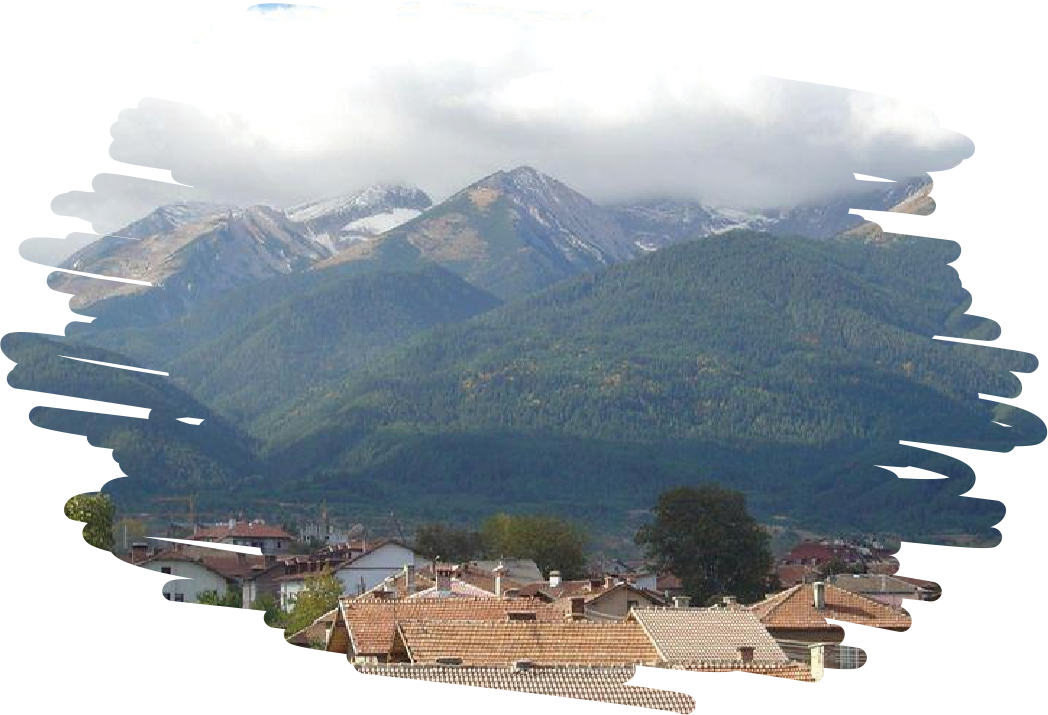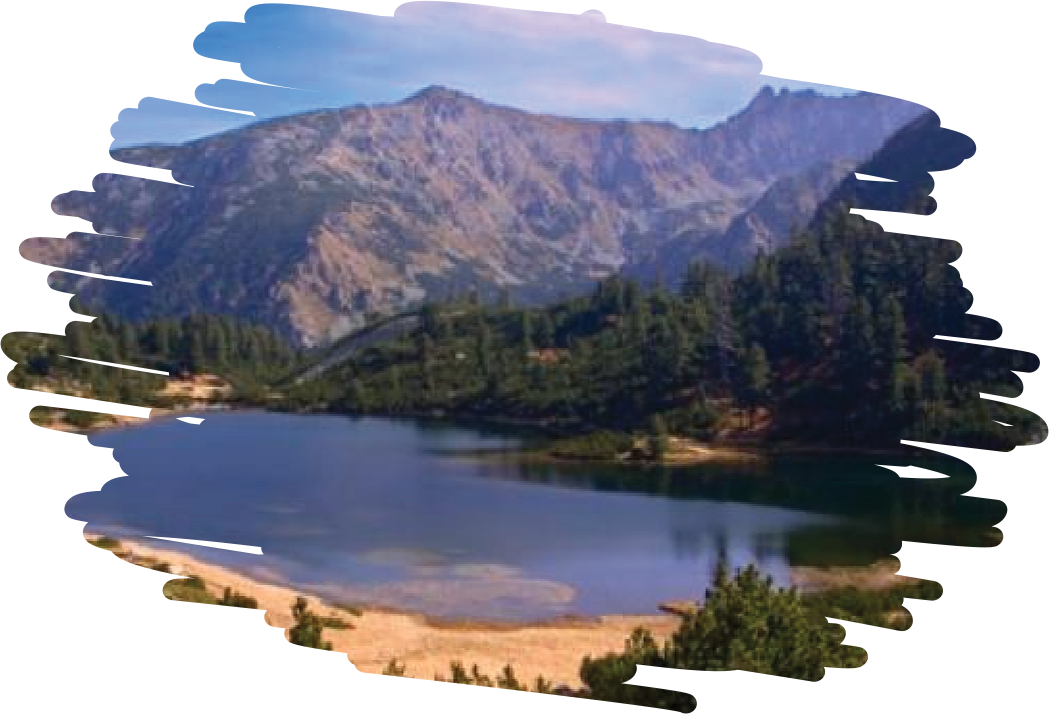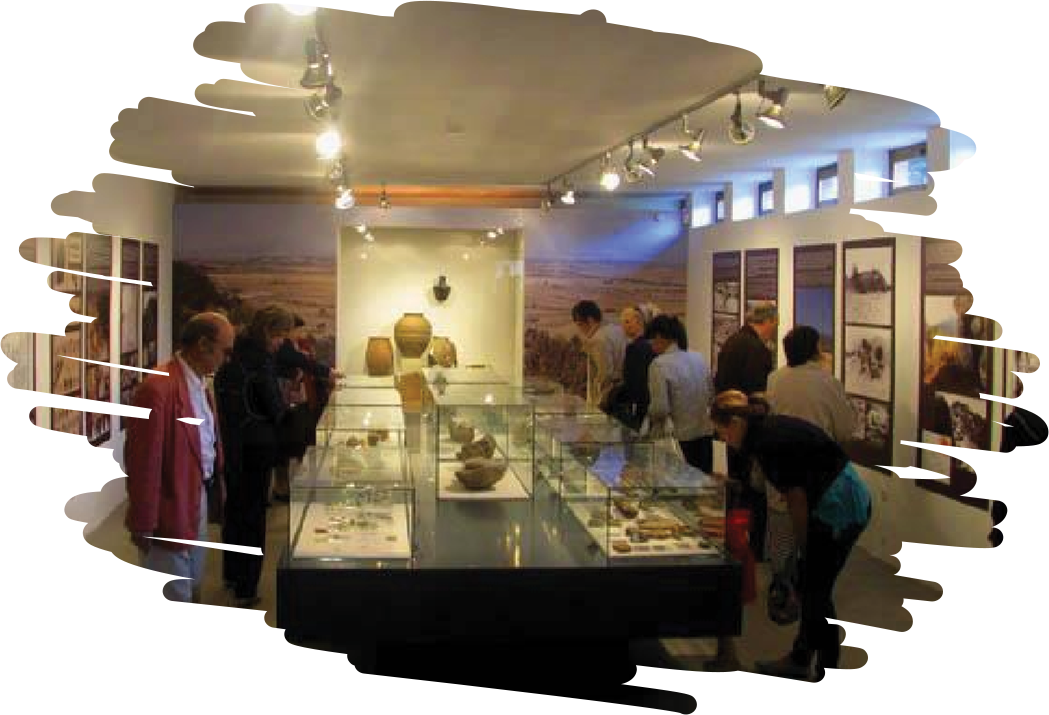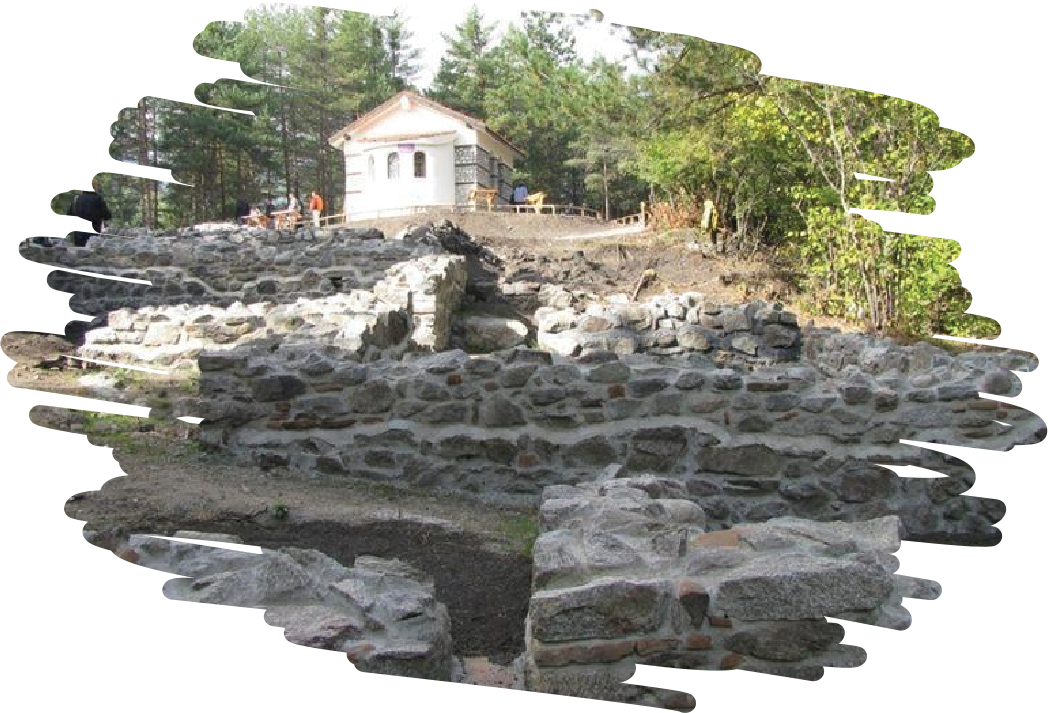The town of Bansko and the region are famous for a large number of landmarks that are worth seeing, as they are truly unique – not only for Bulgaria but also for Europe and the world.
Natural phenomena, museums and architectural reserves allow us to create an interesting “historical route” that starts from the recent modern history, passes through the Renaissance, continues through the Middle Ages and dates back to about 2000 BC.

The region is attractive for those tempted by the art of old crafts, for those interested in the history of Christianity in our country, as well as for those curious to touch the preserved way of life, customs and rituals of the former Bulgarians.
Many places related to the life and work of great personalities can be visited here.
The natural landmarks around Bansko are breathtaking
When we talk about landmarks, we can’t help but start with nature, which is the first thing that catches the eye as you approach the city.

Bansko is located in the northern part of Pirin – a mountain with a pronounced alpine character. Inspiring panoramas are revealed from its peaks, which charge with positive energy and are imprinted in the memory for a lifetime.
No less beautiful are the views from the slopes to the high marble and granite massifs with bizarre shapes.
Lovers of adrenaline will discover dizzying precipices or will face the challenge of the Koncheto saddle, in which in some places you walk on an edge 50 cm wide.
This is the territory of the National Pirin Park, which includes three reserves: Tisza, Bayuvi Dupki – Djindjiritsa and Yulen. They are under European and global environmental protection due to their unique nature and importance for the conservation of many plant and animal species.
Nature here hides gifts for all categories of tourists – both amateurs and experienced mountaineers and “sworn” climbers:
- Over 50 marble and granite peaks with a height of over 2500 m;
- The highest peak Vihren (2914 m) – the second highest in Bulgaria after Musala and third in the Balkans after the Greek Mitikas;
- 170 lakes, including the famous lake groups Banderishki, Vasilashki, Prevalski and Popovi Lakes;
- Baikushevata fir – a unique coniferous tree over 1300 years old, 26 m high, 2.48 m in diameter and circumference – 7.8 m;
- Demyanishki Skok, Sveti Nikola and Yulenski skok waterfalls, located in hard-to-reach areas.
Bansko – city museum
In Bansko, history is literally everywhere.
Here the past comes to life in many different ways – in museums, cobbled streets and houses of the Old Town, which have preserved the Renaissance spirit and atmosphere, in monuments, memorials and plaques honoring more than one or two great Bulgarians who left an indelible mark in the story.
Sights related to great personalities:
- Memorial Museum of St. Paisii Hilendarski – founder and inspirer of the Renaissance.
The memorial was erected in 2008 on the site of his native house and reproduces the atmosphere in which “Slavo-Bulgarian History” was created (the monastic cell in the Hilendar Monastery), as well as the chapel “St. Ivan Rilski”, in which he prayed.
There is also an exhibition about his two brothers – Lawrence, abbot of Hilendar at the time, and the great charity donor Hadji Valcho.
- House Museum of Neophyte Rilski – Bulgarian monk, teacher and artist, one of the leading figures of the Bulgarian educational movement in the first half of the XIX century.
- House Museum of Nikola Y. Vaptsarov – a talented poet from the beginning of the XX century, author of the collection of poems “Motor Songs” (1940).

Architectural and ethnographic landmarks
Visitors to the town of Bansko can see several unique houses, declared cultural monuments, which show what the homes of wealthy Bulgarians looked like in the Renaissance:
- Velyanova house – with unique wood carvings and decorations, with fortress-like walls, small fortified windows, a hiding place with several exits, working rooms on the first floor, residential part of the second with a common room, guest areas and more.
- Historical and ethnographic complex “Radonova House” – the exhibition is located in a house from the Late Renaissance and contains objects tracing the historical development of Bansko from antiquity to the liberation of the city in 1912.
- The Church of the Holy Trinity (1835) – one of the symbols of Bansko, which preceded the construction of the church-monument “St. Alexander Nevsky ”in Sofia is the largest in Bulgaria and in the Balkans.

Historical landmarks around Bansko
There are real historical treasures around Bansko that can take tourists back almost 4,000 years.
The nameless city – an archeological find of world importance
4 km from Bansko is a history from the time of the Thracians, Late Antiquity and the Middle Ages.
The nameless city is a fortress city, discovered by chance in 2003 during the clearing of the site for the restoration of the chapel of St. Nicholas in the area of the same name.

The archeological find, spread over an area of 25 decares, is so named because until its discovery there is no information – both written and oral in the form of legends and songs – about the existence of such a settlement.
According to experts, this place has been alive for more than 3,500 years (from about 2000 BC to the XVI – XVII century).
The following were found in the Nameless City:
- Well fortified interior, something like a fortress within a fortress;
- Sanctuary of a Thracian priest;
- Ancient graves with human skeletons, nearly 2 meters high (much more than the normal human height at the time, which directs the head of the excavations Vladimir Baryakov to the Dai – a warlike Thracian tribe described by Homer);
- An early Christian church from the end of the 4th century, expanded during the Middle Ages (currently the chapel of St. Nicholas has been restored).
The church “St. St. Theodore Tyron and Theodore Stratilat” in the village of Dobarsko
The Orthodox Church from 1614 has a high artistic and historical value, which is why it has been declared an immovable cultural value of national importance.
The church, which despite its small size is a complex three-nave basilica, is unique with its more than 460 frescoes, perfectly preserved to this day without any restoration.
The explanation for this phenomenon lies in the fact that the building is something like a natural air conditioner that maintains the ideal temperature amplitudes needed to preserve the murals.
It is a curious fact that if the usual number of saints is 4-5 per church, then here they are 30, and this is the church with the most women saints in Bulgaria.
In violation of tradition is the very name of the temple, which includes not one but two saints.